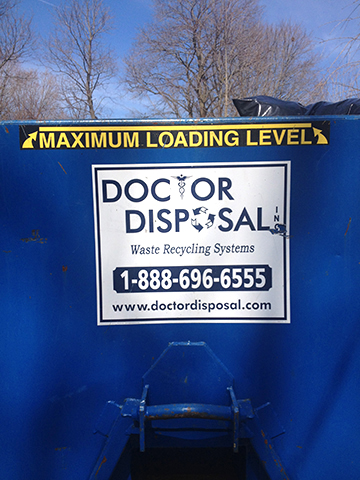Questions like this get asked by CEOs, CMOs, department chairs, hospital attorneys, and HR professionals. Although subordinates may refer to him as ‘physician enemy #1,’ the doctor in question possesses impressive and valuable medical skills, and the reluctance to show them the door is multidetermined.
The organization needs them, yet leadership is being deluged by a growing torrent of complaints and concerns about this difficult person: “He’s clueless.” “Staff can’t work with him, and the turnover in his department is off the charts.” “We’re all walking on eggshells when he’s around, it’s impossible.” “He’s demanding to a fault.” “He’s toxic.” Some subordinates say that they don’t feel safe when he is around.
Many physicians with this profile appear to be beyond help. Some have already seen psychiatrists, therapists, or coaches. They have attended courses on Anger Management, Communication Skills, Disruptive Behavior, Managing Workplace Conflict, Physician Distress or Professionalism. Although 2-4 day courses may lead to abatement in the physician’s unacceptable behavior, sometimes the improvement cannot be sustained. The level of concern then escalates.
What can be done to interrupt this vicious cycle? The first step is a thorough and careful biopsychosocial assessment, performed in the community by a professional with the requisite experience.
Formal health professional assessment programs are an alternative. These in-depth assessments involve 15-30 hours of interviews and testing. Often, the evaluator recommends a type of in-depth, in-person remediation program that is both immersive and longitudinal. These so-called ‘intensive/distributed treatment programs’ assist professionals with chronic, career-threatening interpersonal challenges.
Problems at this level often stem from serious childhood difficulties that gave rise to various maladaptive personality traits. These wounded and hurting physicians externalize their pain and suffering. They have unfinished emotional business that continues to get in their way.
In the right setting, one that focuses on helping small groups of doctors in a similar circumstance, they are able to address their unfinished business and develop more adaptive and appropriate coping strategies.
The handful of programs that specialize in this kind of in-depth treatment typically require approximately 6 weeks in residence spread over the course of a year. The initial phase of treatment may run for 2-4 weeks; this is when the program professionals become well-acquainted with each physician and design an individualized program that begins the healing and improvement process. Participants return home, often going back to work, with ongoing support and an opportunity to practice their new skills. They and their cohort of peers return to the treatment program at 3, 6, and 12 months. Altogether, the typical treatment experience involves 6 weeks of intensive treatment stretching over a year.
The results are extremely impressive: Most of these physicians succeed in making meaningful turnarounds that delight their teams and revitalize their careers.
Click here to subscribe to our newsletter.
Photo Credit: Steve Adelman




